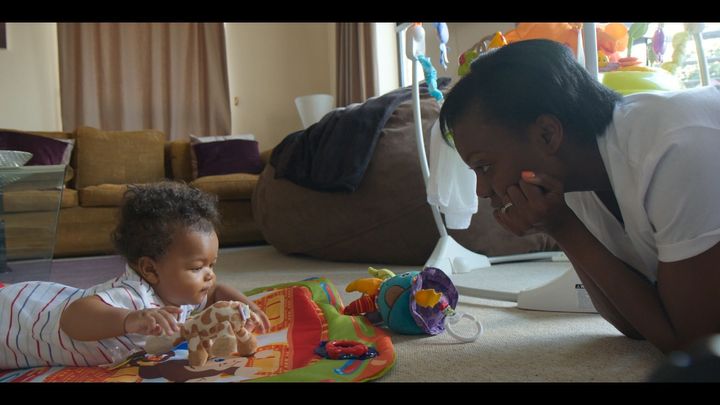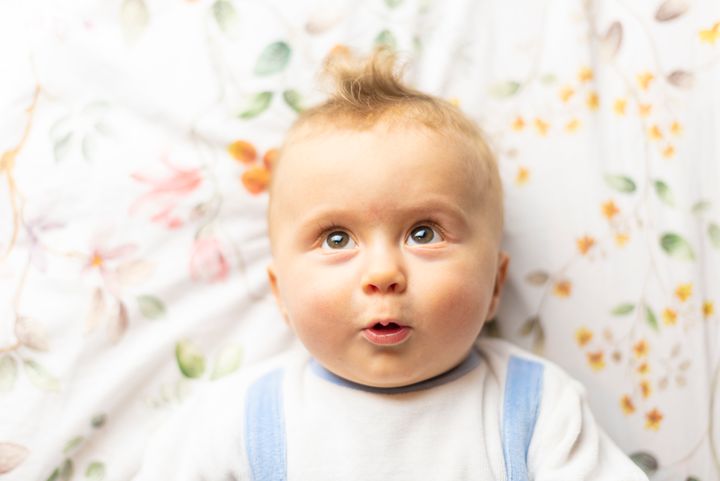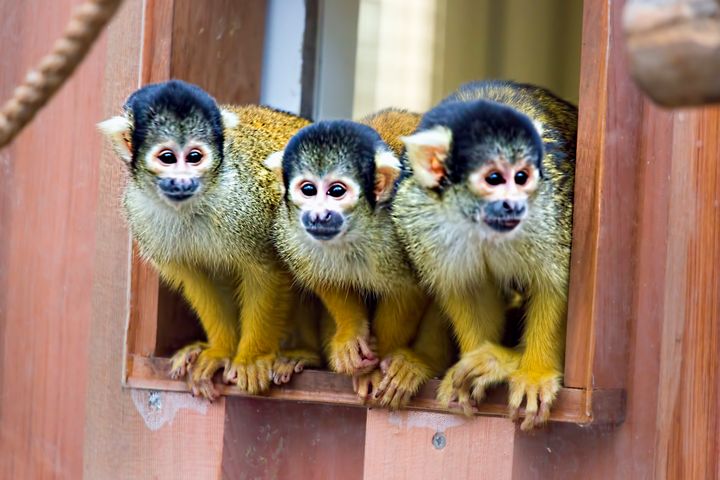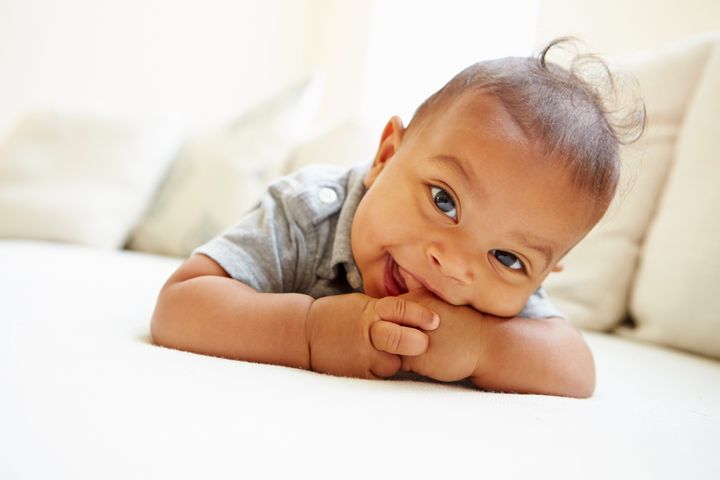We’re here to guide you through the coronavirus pandemic. Sign up to the Life newsletter for daily tips, advice, how-tos and escapism.
You might jokingly refer to your baby as a genius, but that’s not as far from the truth as you might think.
According to the scientists who worked on the Netflix series Babies, part two, even the youngest infants know more about the world than we imagined.
And contrary to the long-held theory that every child is born “a blank slate”, it looks likely that babies actually enter the world with an innate ability to make sense of it. Fascinating, huh?
The new series also looks at the very human desire to be social, why humour is important and how toddlers observe their parents. Here are some lessons we learned from the first episode.


Babies can tell monkeys apart, but adults can’t.
Infants as young as three months old can distinguish individual monkey faces. However, this “magic gift” only lasts a short time – by the time a child turns one, their ability to tell primates apart disappears, and they see them as a group.
Grown-ups, therefore, cannot always tell one monkey from another, due to a natural developmental process known as “pruning”. As children see more and more human faces (particularly their own mothers’), the neural networks used to recognise people who are important to them become more efficient – and the ability to distinguish other species dies away.
Good for baby, not so much for the monkeys.

Babies understand gravity.
Babies can show a basic understanding of object permanence, abstract thought and even gravity, says Susan Hespos, Professor of Cognitive Neuroscience at Northwestern University. “They know this stuff way earlier than we thought,” she says. “Babies have this basic core knowledge and understanding.”
To test this, the team measured the length of time babies spent studying objects that appeared to float in mid-air. They found tiny infants spent twice as long looking at a block suspended in the air – because they expected it to fall. “They look at things they find interesting or unexpected for longer,” Hespos says. “When they get bored they look away.”
When babies put things on their heads, they’re actually conducting experiments.
When a baby puts a colander or bowl on their head to wear it like a hat, they’re not just being cute – I mean, they are cute, very cute – but there’s more to it than that.
Hespos explains that when a very young child tests out putting a round object on their head, and then does the same with a different round object, what they’re really doing is “grouping” the objects and realising they’re the same.
“They say, ‘Ah, so this thing is like that thing’,” she says. “Young children can experiment and test things and figure them out. That is a really cool, uniquely human ability.”
Babies’ brains are the same as adult brains.
Rebecca Saxe, Professor of Neuroscience at Massachusetts Institute of Technology, put her own infant son, Percy, in an MRI scanner (which was adapted to protect his hearing) to look at his brain functioning while he was awake. Previously, experiments had tested children no younger than five.
“We wanted to find out where knowledge comes from,” she says. By showing Percy a movie made up of happy/sad facial expressions – with other images thrown in as a baseline – Saxe was able to determine which areas of the brain lit up on the MRI when looking at faces and scenes.
“The biggest surprise was the similarity between baby and grown-up brains,” she says. “The regions recognising ‘faces’ and ‘scenes’ – in the middle frontal lobe – were the same. This proves that even a six-month-old already has specialities for seeing and understanding other people.”

Babies’ brains light up when they see someone they love.
Saxe’s MRI experiments also showed the areas of the brain that processed faces ‘light up’ when babies are shown images of people they know. “We know this brain region is more active in adults when they’re thinking about, or seeing, someone they care about,” she says.
“But now we know that’s the same for babies, too.” It’s likely, she says, that babies smile at a face and think, “that’s someone who’s relevant to me, and someone I care about”. In turn, it means it’s someone the baby might actively choose to learn from. N’aww.
Babies part two launched on Netflix on June 19. Check out our weekly series Birth Diaries on HuffPost Parents for readers’ honest accounts of labour and birth.
